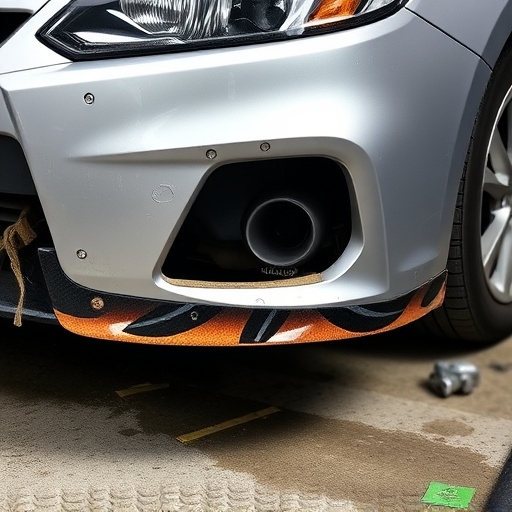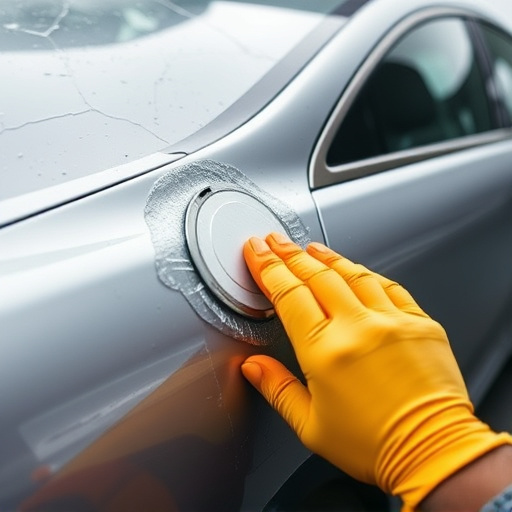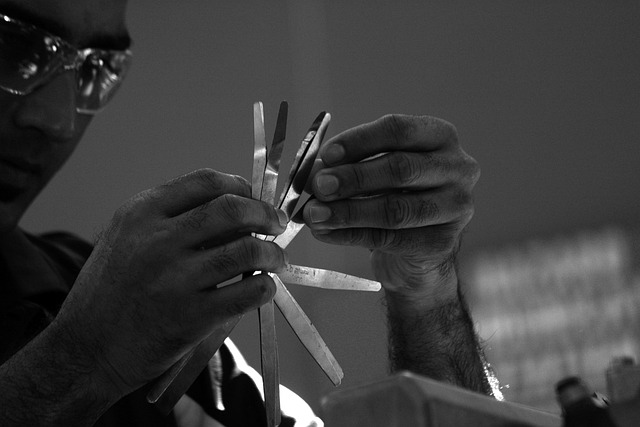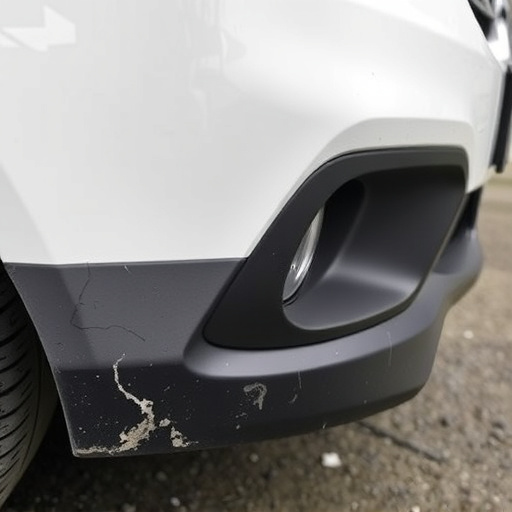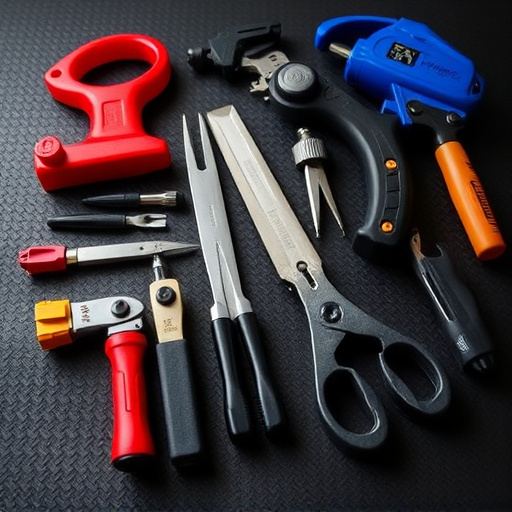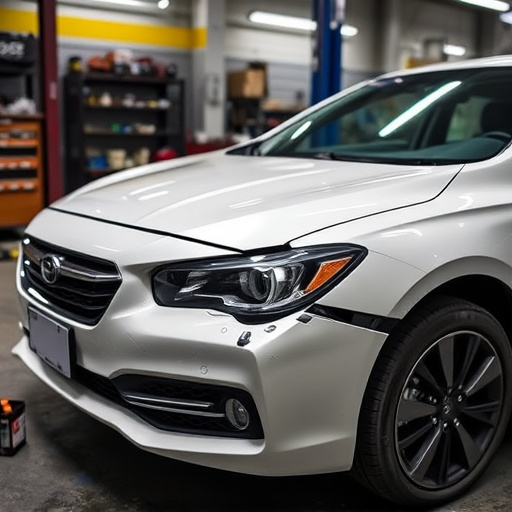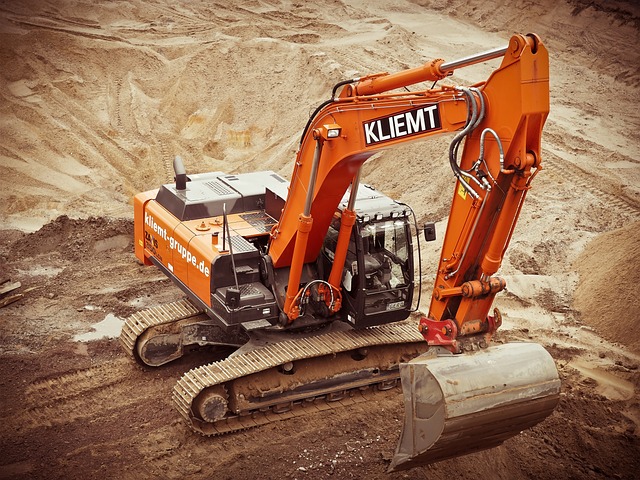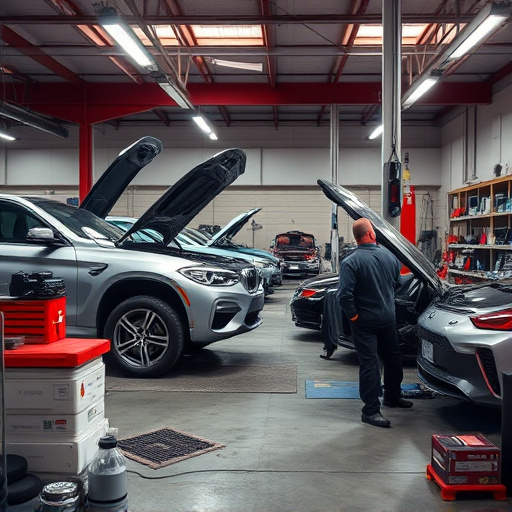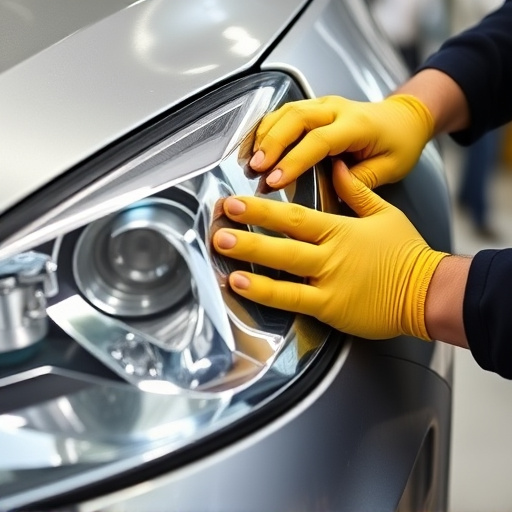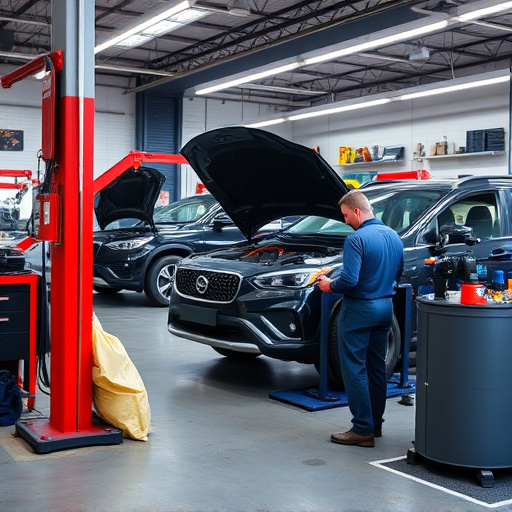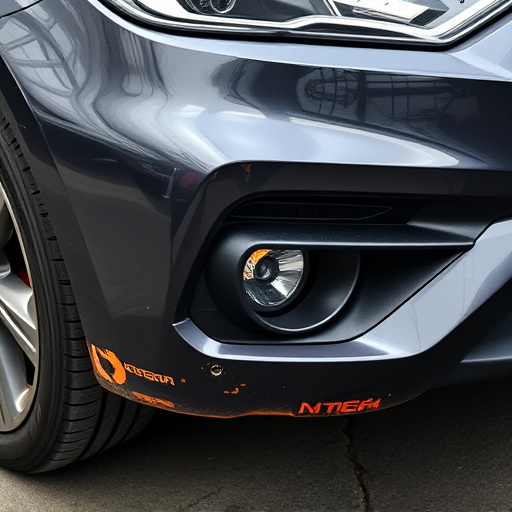Collision repair audits are thorough assessments ensuring auto collision centers meet manufacturer standards for vehicle bodywork repairs, emphasizing safety, aesthetic restoration, and adherence to OEM guidelines. Regular audits enhance customer satisfaction, foster industry excellence, and demonstrate compliance, building trust and long-term relationships.
Collision repair audits are critical processes that ensure vehicle repairs meet manufacturer standards. This comprehensive guide explores the role of audits in upholding stringent industry requirements. We delve into the intricacies of manufacturer expectations, highlighting the significance of precise, meticulous work. Effective collision repair audit processes not only maintain quality but also foster trust between repair shops and automakers. By adhering to these standards, workshops can deliver superior repairs, enhance customer satisfaction, and avoid potential legal repercussions.
- Understanding Collision Repair Audits: A Comprehensive Guide
- Manufacturer Standards: What They Expect from Repairs
- The Impact of Effective Collision Repair Audit Processes
Understanding Collision Repair Audits: A Comprehensive Guide

Collision repair audits are an integral part of ensuring that auto collision centers meet manufacturer requirements for vehicle bodywork repairs and automotive repair processes. These audits serve as a comprehensive guide, meticulously evaluating every aspect of the collision repair process. By scrutinizing procedures, equipment, training, and quality control measures, manufacturers can guarantee that repairs align with their standards and specifications.
During an audit, professionals from the manufacturer or a designated third party thoroughly inspect the auto collision center’s workspace. They assess the accuracy of measurements, check for adherence to factory guidelines, and verify the proficiency of technicians in handling various types of vehicle damage. The goal is not only to identify potential issues but also to provide insights and recommendations for continuous improvement in automotive repair practices.
Manufacturer Standards: What They Expect from Repairs

Manufacturer standards for collision repairs are designed to ensure that vehicles return to their pre-accident condition, maintaining both safety and aesthetic appeal. These standards cover a wide range of aspects, from structural integrity to precision in car paint repair, ensuring each component meets or exceeds original equipment manufacturer (OEM) specifications. A thorough understanding of these requirements is vital for collision repair facilities, as it forms the backbone of successful audits.
In the realm of vehicle restoration, manufacturers set guidelines that dictate the use of genuine parts, proper techniques, and adherence to strict quality control measures. This includes meticulous car paint repair processes that match the original color code precisely. By conducting regular collision repair audits, facilities can demonstrate their ability to uphold these standards, ensuring customer satisfaction and maintaining the manufacturer’s reputation for quality.
The Impact of Effective Collision Repair Audit Processes

Effective collision repair audit processes are pivotal in ensuring auto repair shops and collision repair centers meet manufacturer requirements. These audits serve as a thorough check, examining every aspect from structural integrity to paint accuracy, thus guaranteeing that vehicles undergo meticulous repairs adhering to original equipment manufacturer (OEM) standards. By implementing robust audit protocols, collision repair facilities can maintain their credibility, avoid costly recalls, and protect their reputation in the market.
Moreover, collision repair audits impact customer satisfaction significantly. They assure vehicle owners that their cars are in capable hands, undergoing precise dent repair and comprehensive restoration. This transparency builds trust, fostering long-term relationships between customers and auto repair shops. Ultimately, effective audits contribute to the industry’s overall advancement by setting benchmarks for quality control, fostering a culture of excellence within collision repair centers.
Collision repair audits are indispensable tools for ensuring that repair facilities meet manufacturer standards and deliver high-quality work. By systematically evaluating processes, equipment, and personnel, these audits facilitate continuous improvement, maintain customer satisfaction, and ultimately uphold the integrity of vehicle makes and models worldwide. Incorporating effective collision repair audit processes is not just a requirement; it’s a competitive advantage.
